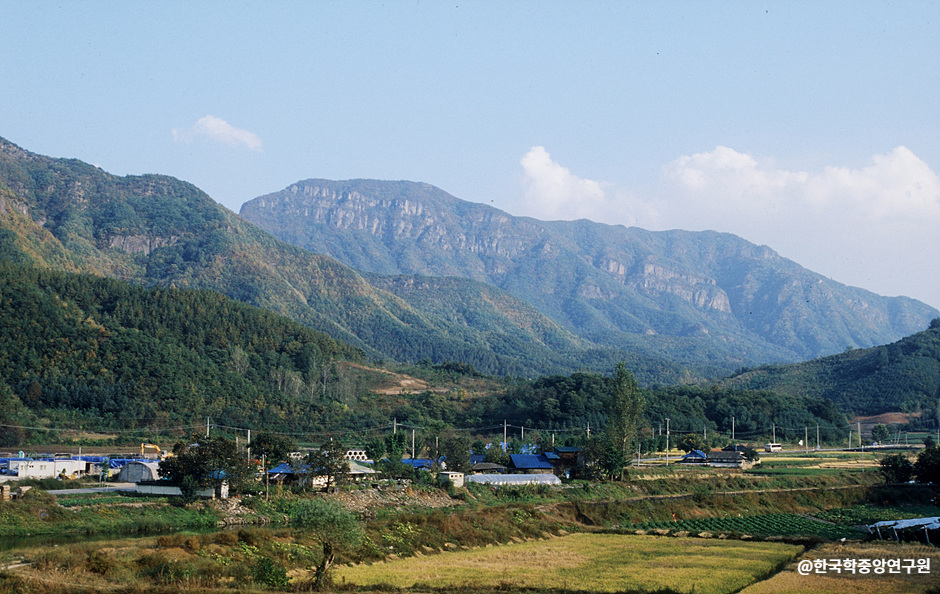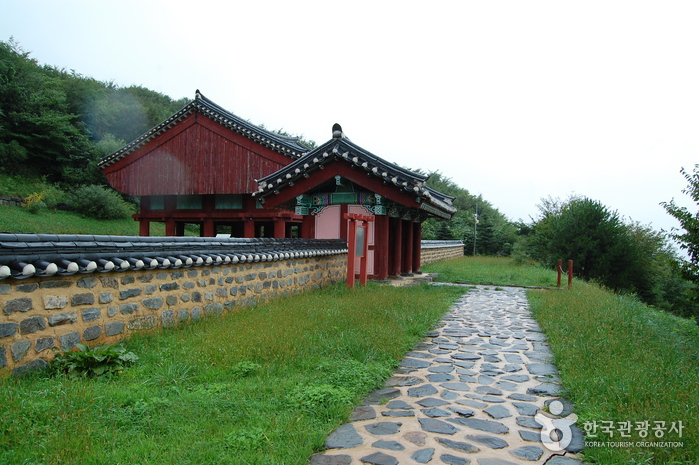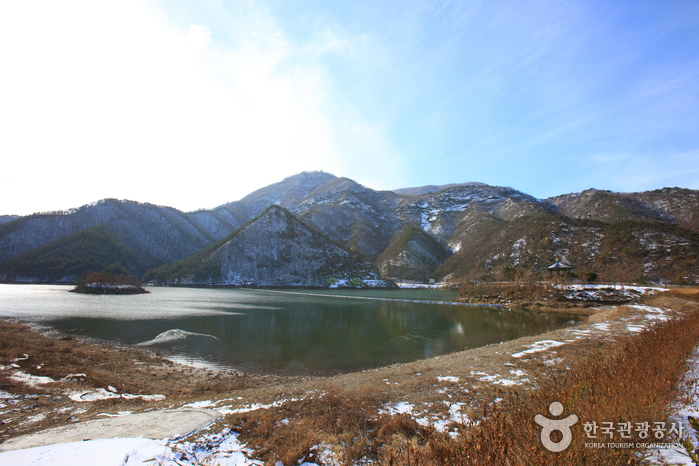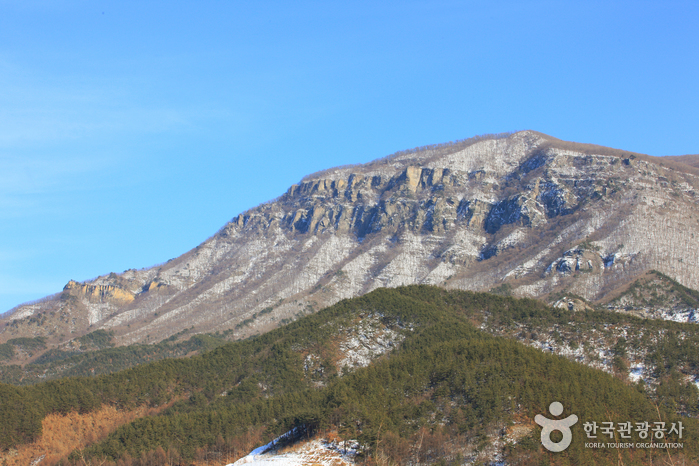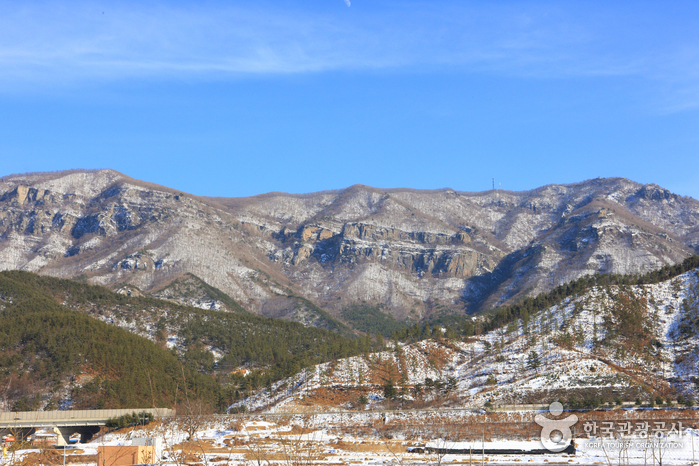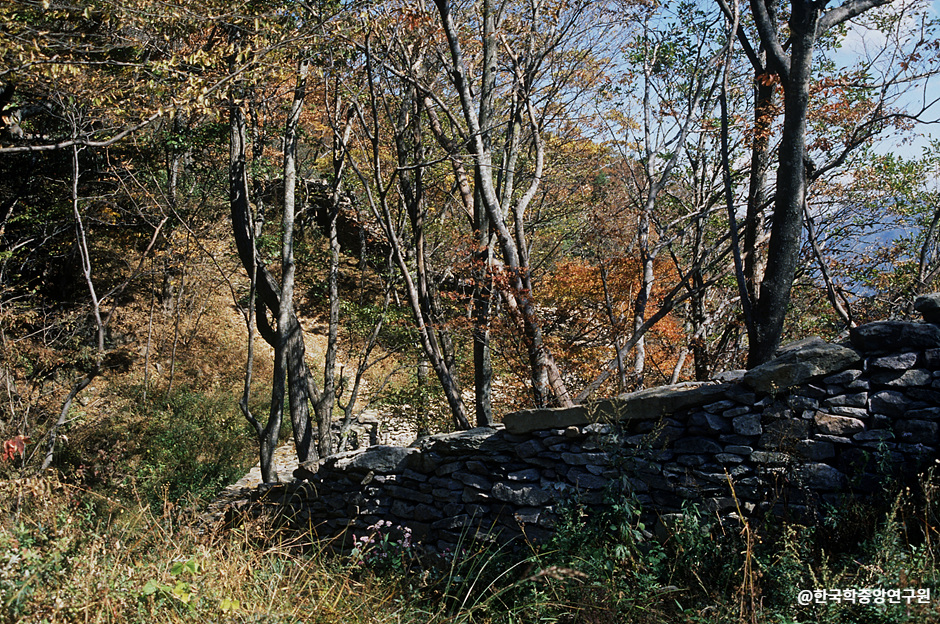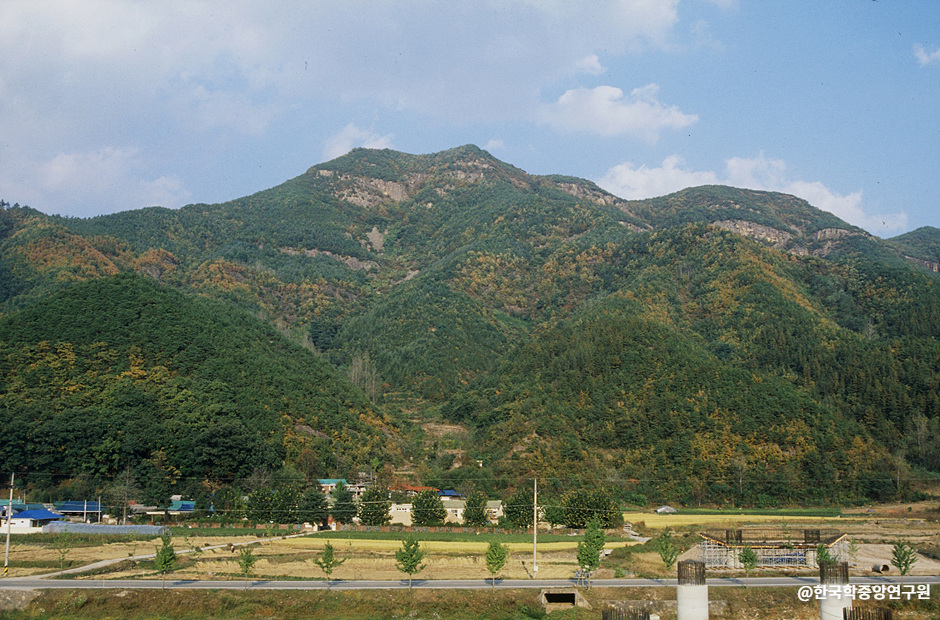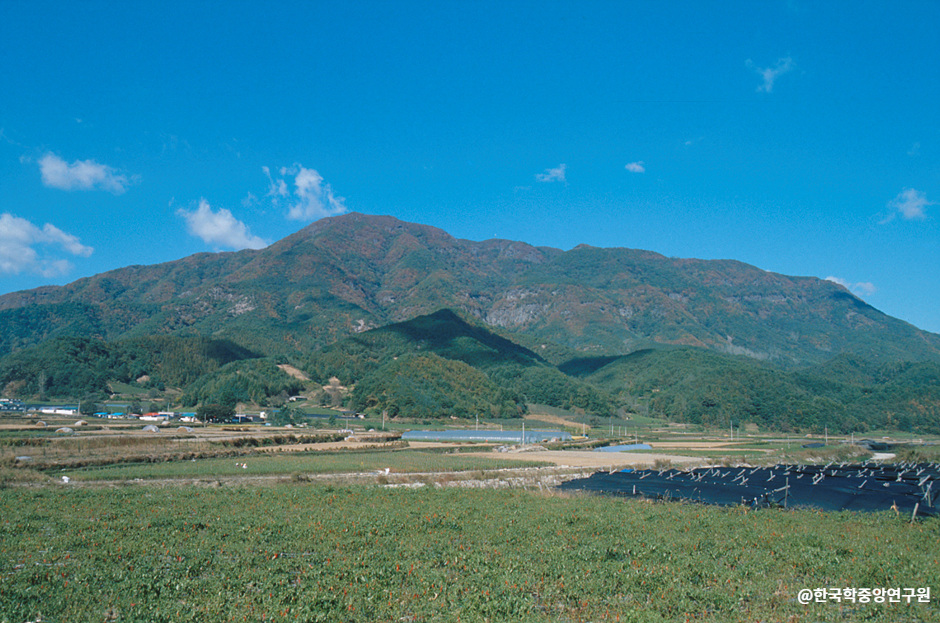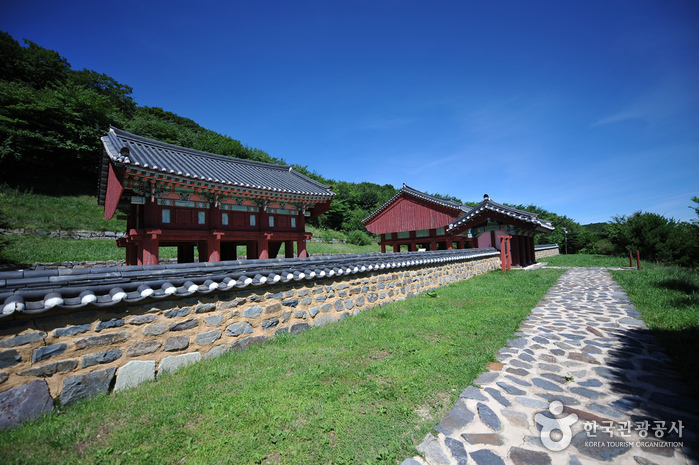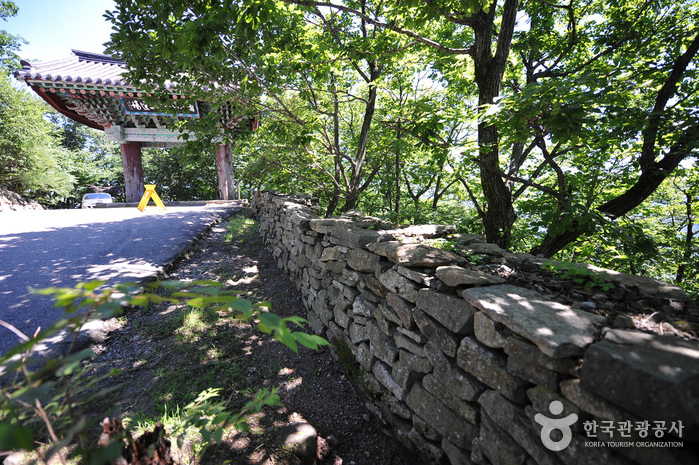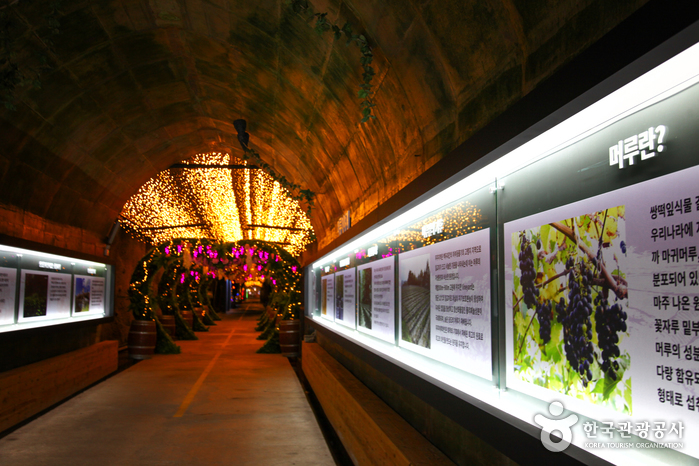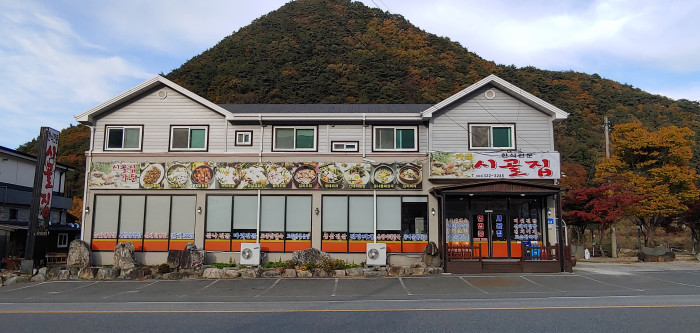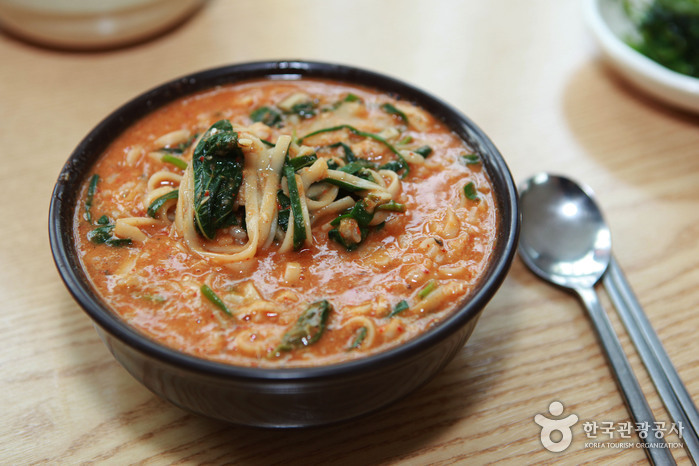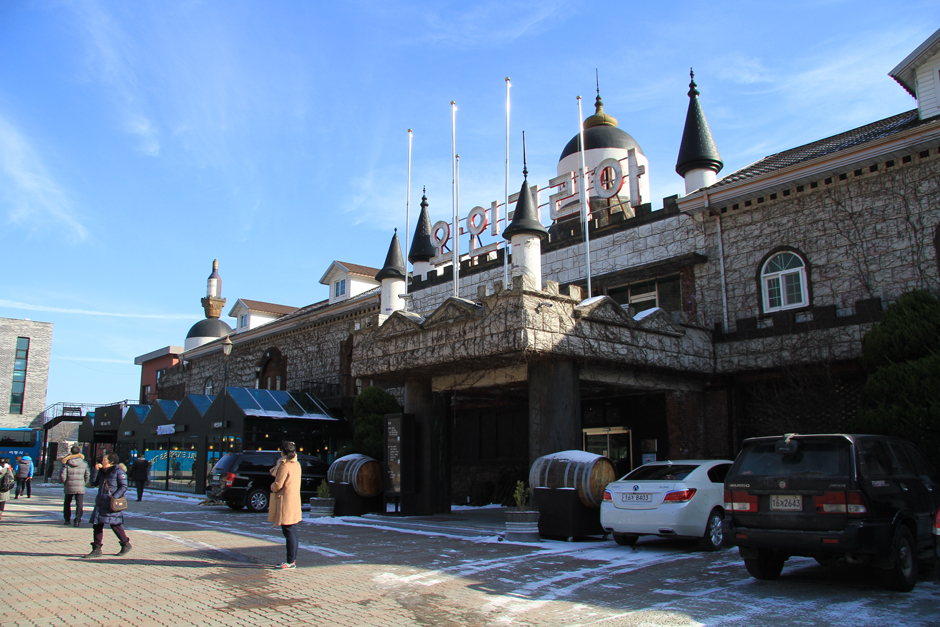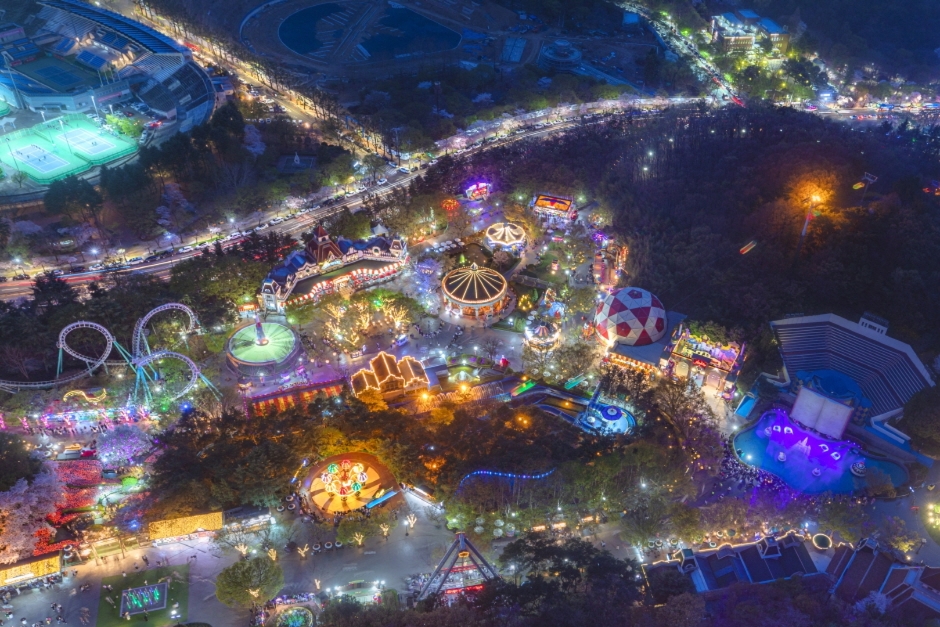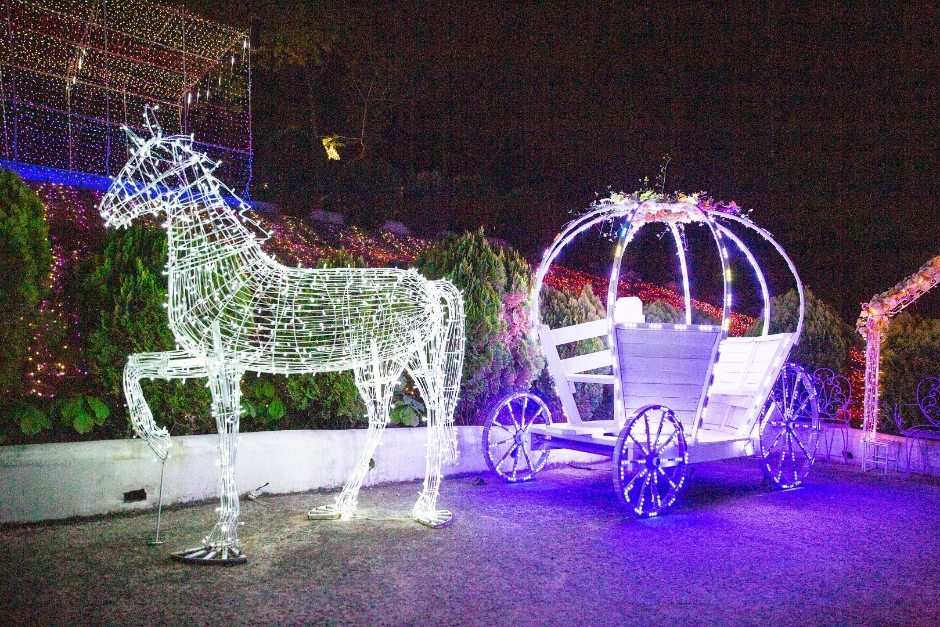Jeoksangsan Mountain
Introduction
The rugged shape of the mountain was considered ideal for building a fortress. And after Jeoksangsan became a designated site for storing Joseonwangjo Sillok (annals of the Joseon Dynasty), the fortress surrounding it was further rebuilt. The mountain is also home to Anguksa Temple, an ancient temple built in 1227 (during the 3rd year of King Chungryeol’s reign) by Monk Wolin. The mountain can easily be climbed by hiking or by vehicle; there is a paved road stretching over 15 kilometers that leads to the top of the mountain thanks to the construction of Muju Power Plant, letting tourists visit Sanjeong Lake and Anguksa Temple conveniently.
🗺 Location
✏ Details
Mountain Not Access Period
Seasonal Forest Fire Watches
Spring: March 2-April 30
Autumn: November 1-December 15
* Periods and areas are subject to change based on fire weather advisories, snow/precipitation levels, and other local conditions.
Hiking Course
Seochang Course (2 hours / 3.8 km): Seochang Park Office – Three-way intersection – Anguksa Temple
Chimok Course (2 hours / 3.7 km): Chimok – Songdaepokpo Falls – Anguksa Temple
Restricted Mountain Areas
Chimok – Anguksa Temple (3.7 km)
Inwoldam – Seolcheonbong Peak (5.1 km)
Hyangjeokbong Peak – Yeonggak Park Ranger Office (17.5 km)
Baengyeonsa Temple – Jungbong Peak (4.0 km)
Hoenggyeongjae Pass – Sinpungnyeong Pass (7.8 km)
Songgyesa Temple – Baegambong Peak (6.5 km)
Anseong Visitor Center – Dongyeopryeong Pass (4.4 km)
Hoengjeom – Weolseongjae Pass (2.6 km)
Yuksimnyeong Pass – Namdeokyusan Mountain (3.6 km)
Byeonggok – Dongyeomnyeong Pass (3.5 km)
Yangak – Weolseongjae Pass (4.0 km)
Anguksan Mountain – Nammunji (0.8 km)
[Summer Valley Closure Restricted Areas]
- Je2 Inweolgyo Bridge – Baengnyeongsdam area
- Susimdae – Pahoe – Manjotan area
- Suseongdae area
- Hakseogyo Bridge – Chilyeongyegok Valley area
Restrooms
Available
🔎 Information
(Korean, English, Japanese, Chinese)
• For more info: +82-63-322-4174
